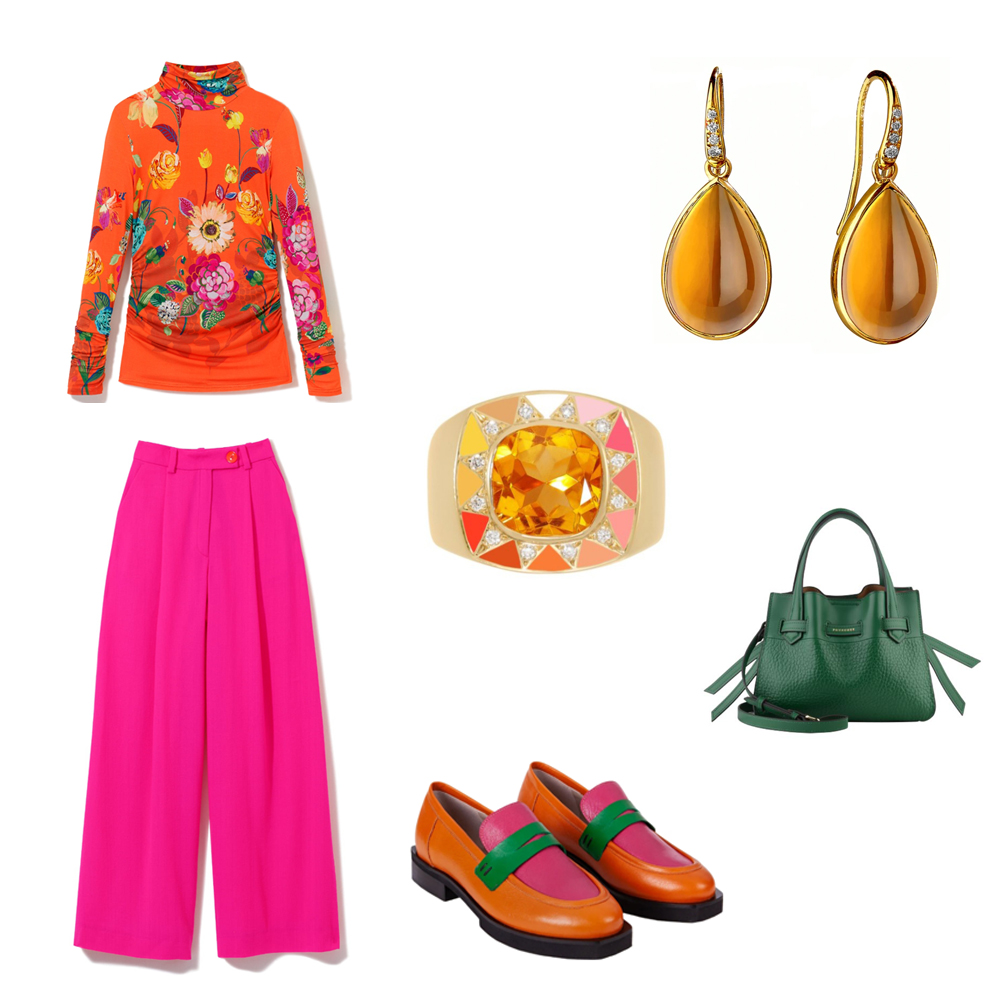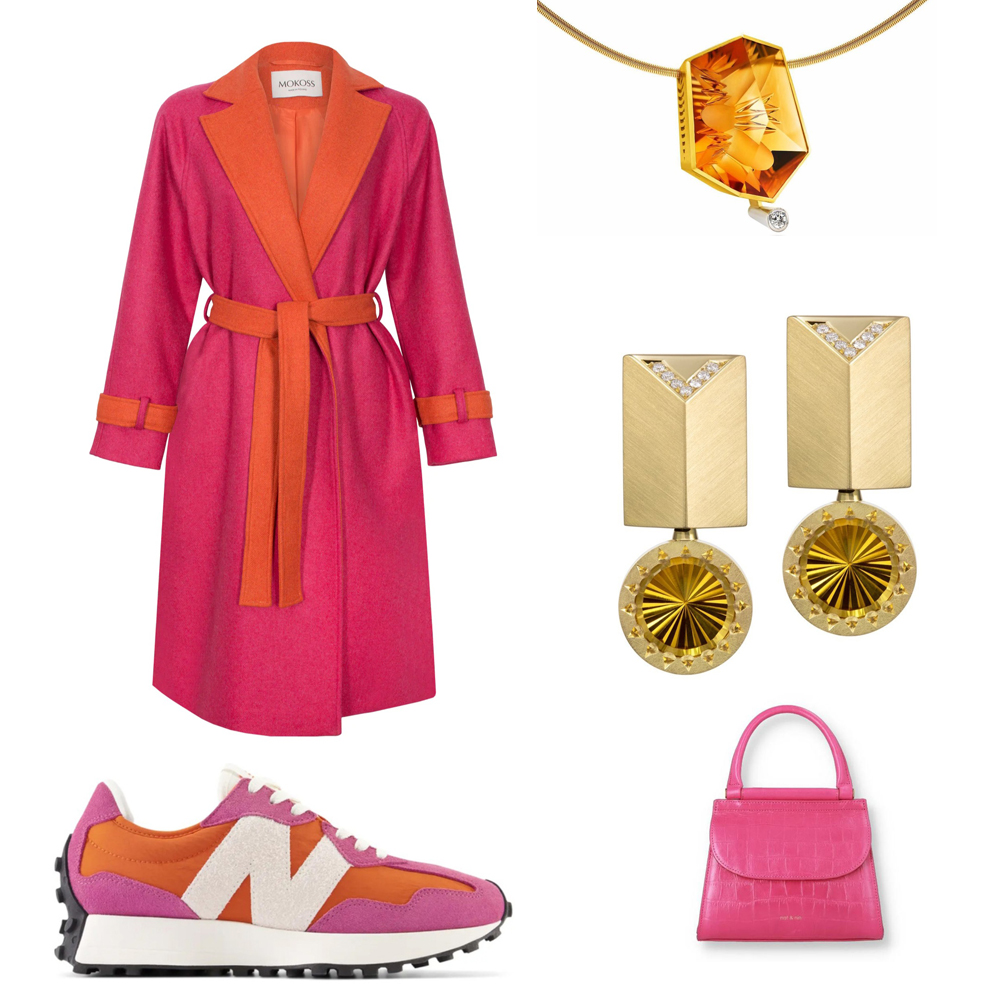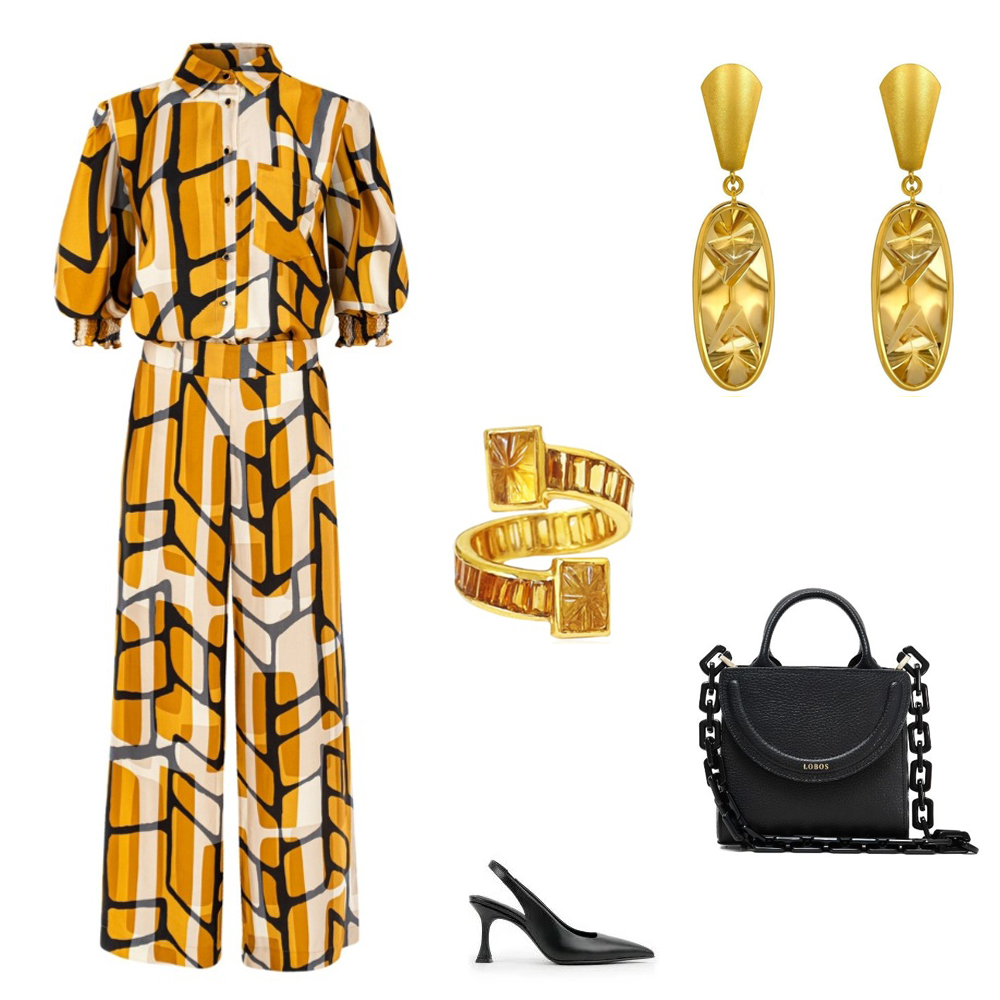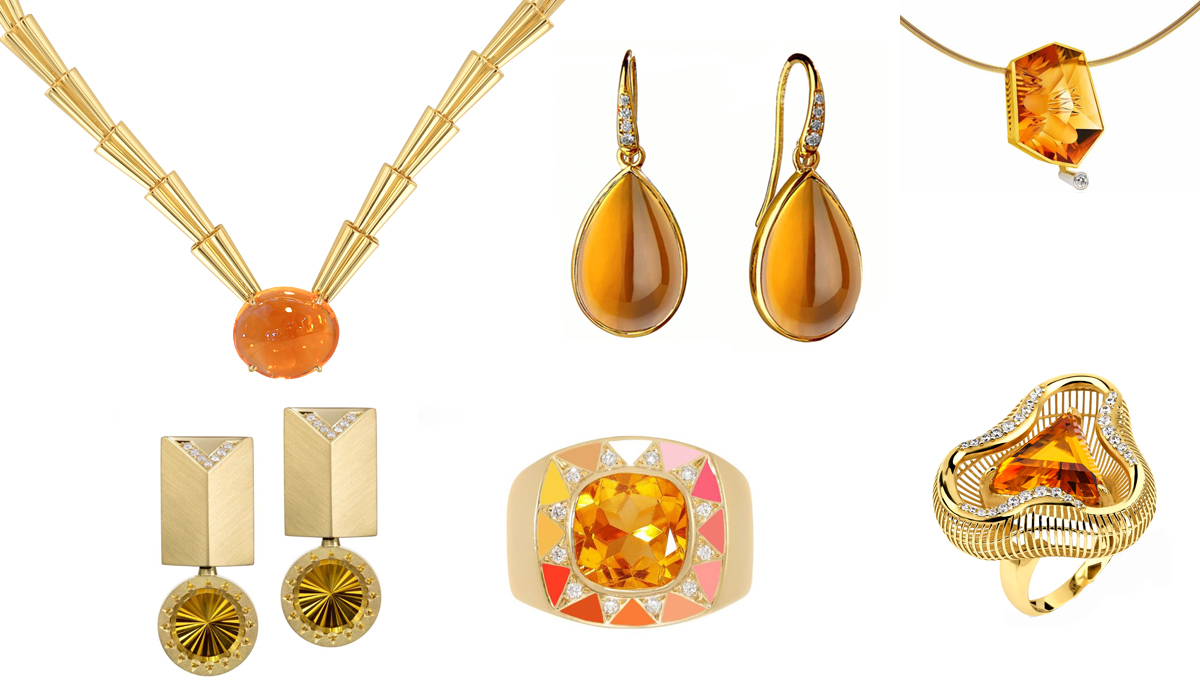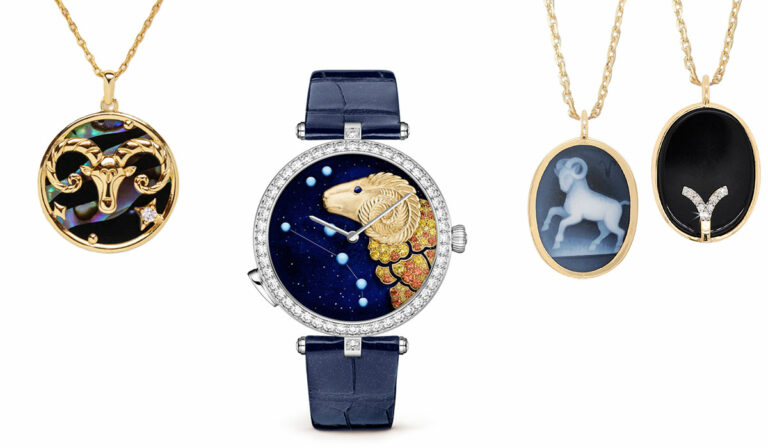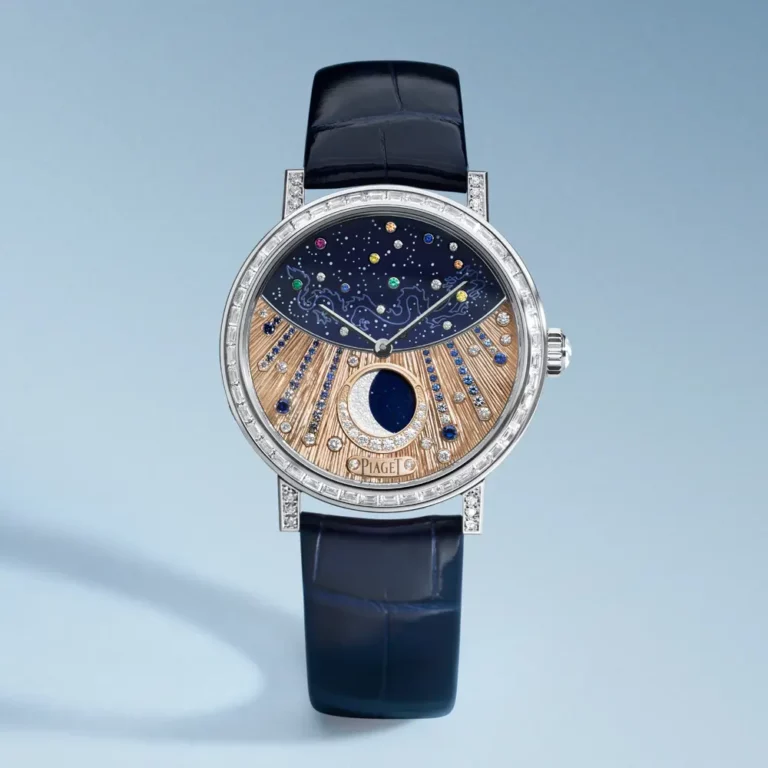Citrine may not be as instantly recognizable as diamonds or rubies, but it possesses its own unique charm and allure. This warm and radiant gemstone has been captivating people for centuries with its golden hue and its association with positive energy and abundance. Citrine is a birthstone for November and it’s also recognized as the gem that commemorates the thirteenth anniversary. So let’s take a closer look at this sunny gem and discover what makes it so special.

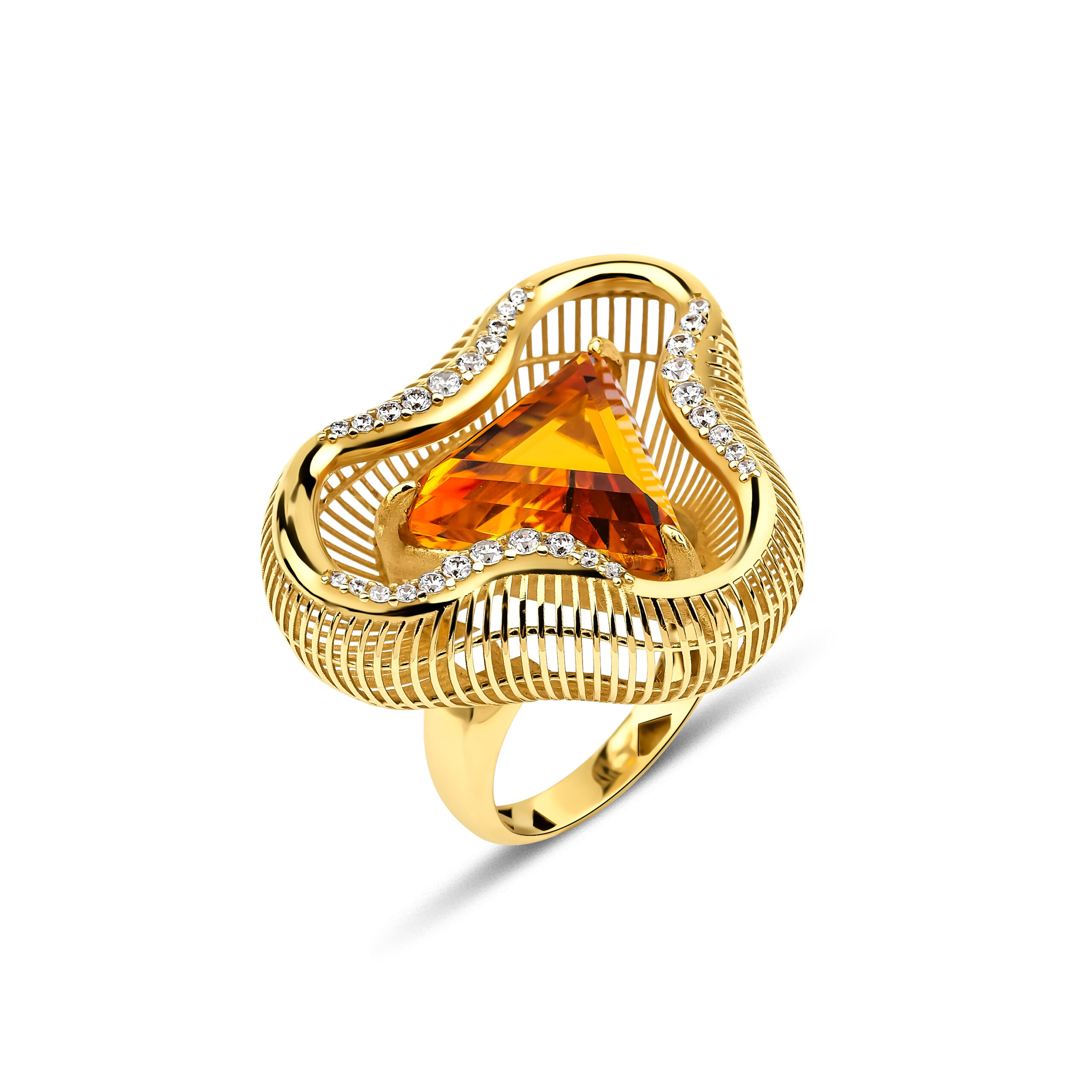
The name “Citrine” itself is derived from the French word “citron,” meaning lemon, which perfectly encapsulates its color. A trace of iron in citrine’s structure is responsible for its yellow-to-orange color.
Citrine is famous for its vibrant yellow to golden-orange shades. A high-quality Citrine gem is typically transparent and free of inclusions, showcasing its inner radiance. Unlike some gemstones that are treasured for their vivid hues, Citrine’s value is often determined by the intensity of its color, with deeply saturated golden tones being highly sought after.
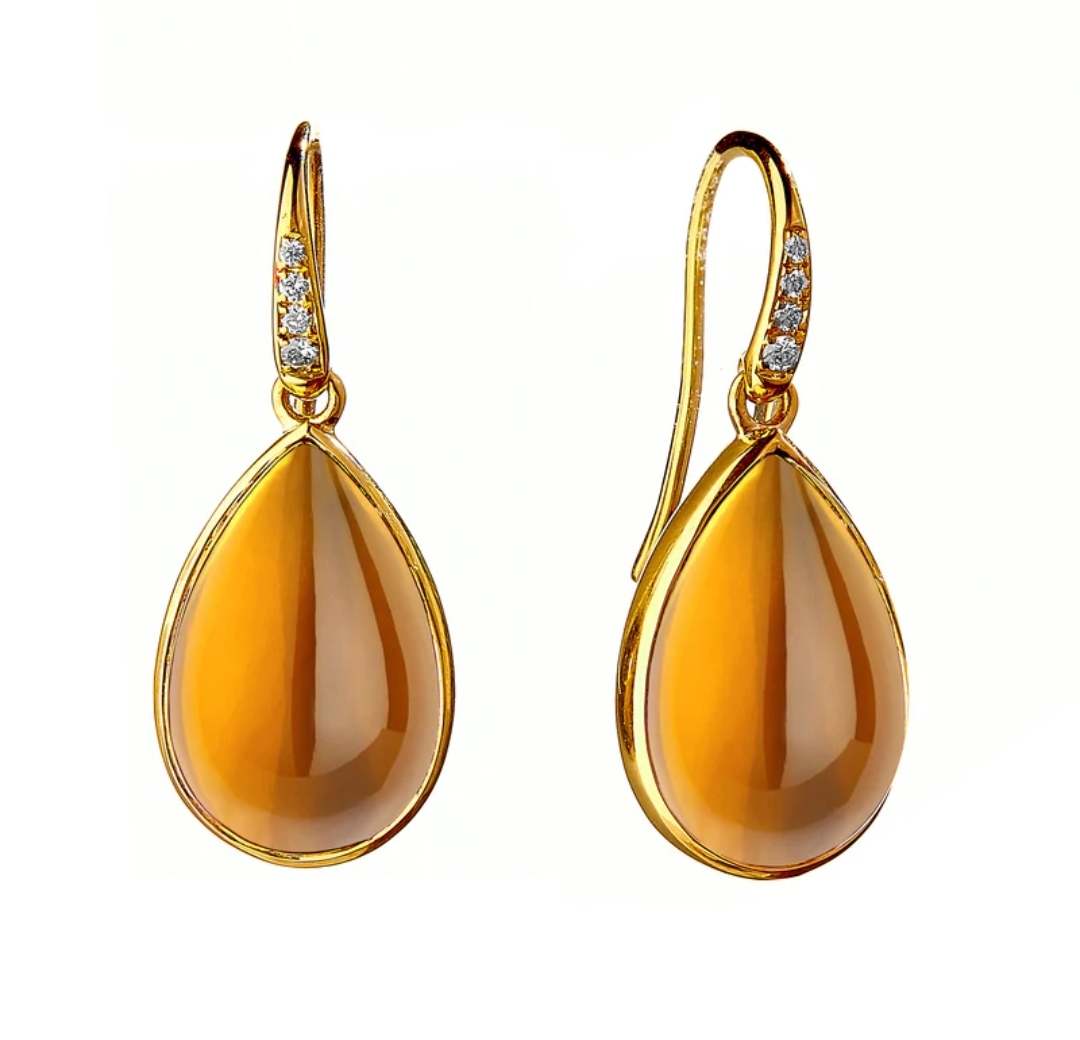

Citrine is not typically found in the ground as a fully formed crystal. This transparent, pale yellow to brownish orange variety of quartz is relatively rare in nature. The majority of Citrines available in the market are heat-treated amethyst or smoky quartz. The top sources for citrine are Bolivia, Spain, Madagascar, Mexico and Uruguay. Amethyst that’s typically heat treated to a citrine color is mined mostly in Brazil.
This heat treatment brings out the characteristic golden shades that Citrine is known for. While some might argue that this process makes Citrine less ‘natural,’ it’s important to note that Citrine’s color is still entirely the result of nature’s processes.


Citrine’s history is rich and diverse. It has been used in various cultures throughout time. In ancient Rome, Citrine was often crafted into intricate jewelry pieces. During the Romantic Period in the 19th century, it enjoyed resurgence in popularity, adorning fashionable jewelry pieces of the time. Today, it continues to hold a special place in the hearts of gem enthusiasts, not only for its beauty but also for its metaphysical attributes.
The beauty and versatility of Citrine make it a popular choice for jewelry designers. It can be found in a wide range of jewelry pieces, including rings, necklaces, earrings, and bracelets. Its warm and inviting color pairs well with various metals, including gold and silver, providing endless opportunities for creative and unique designs. The durability of Citrine ensures that it can withstand the rigors of daily wear, making it a practical and stunning choice for jewelry. Citrine is recognized as one of the most popular and frequently purchased yellow gemstones. Although citrine is available in standard shapes and sizes, many high-end jewelry designers and gem carvers have fashioned the warm yellow gem into unusual cuts for jewelry and carvings.
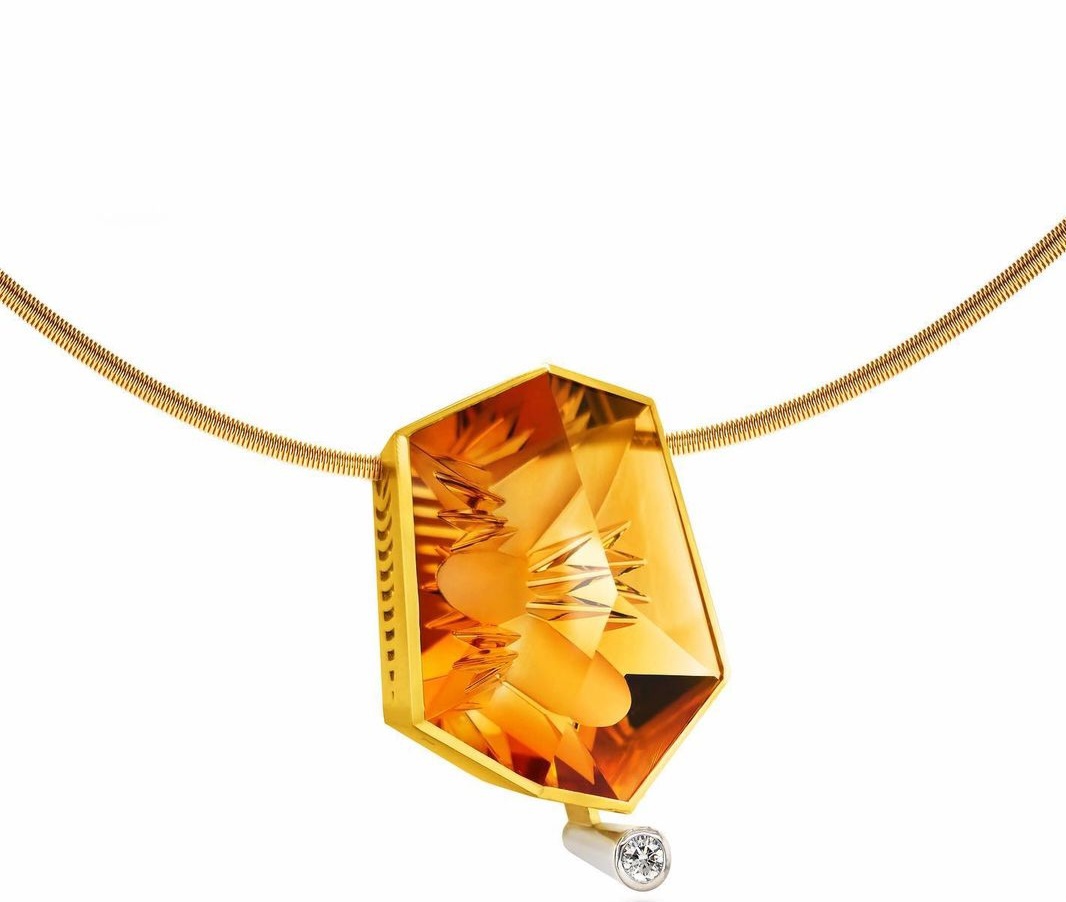
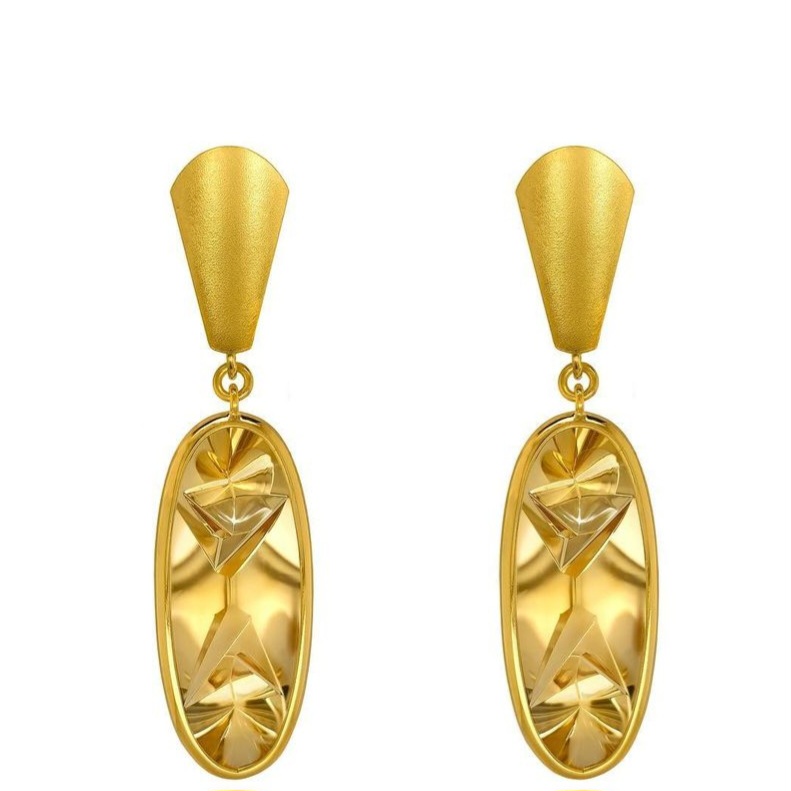
At 7 on the Mohs scale of hardness, it’s a durable gemstone that can be cleaned with warm, soapy water and a soft brush. However, it’s important to protect Citrine from prolonged exposure to direct sunlight, as excessive UV radiation can lead to a gradual fading of its color.
This gem is sure to bring a touch of sunshine into your life. Its vivid, golden hue and historical prominence make it an alluring choice for those who appreciate the world of gemology. Citrine remains a timeless gemstone that continues to shine in the world of jewelry and gem enthusiasts.
